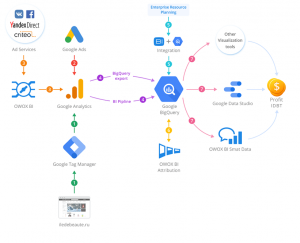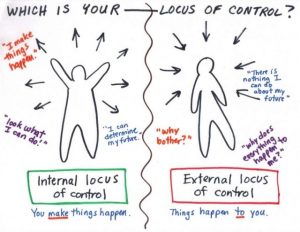— August 23, 2017

Tumisu / Pixabay
Businesses are increasingly looking to analytics to identify strengths and weaknesses in the way they interact with clients, save money, and increase effectiveness. Because payroll makes up such a large portion of any company budget, the use of big data in HR can have a big effect on the company’s bottom line.
A recent Towers Watson survey showed more and more companies are investing in big data and analytics to improve the hiring process, retain employees, and make better business decisions.
An understanding of the analytics behind what drives and engages your best employees can optimize what your company spends on its workers. Here are a few ways your HR department should be using big data.
Smart hiring practices
Do your top performers come from corporate recruiters or employee referrals? How much prior experience do they have in your field? What degrees do they hold? Using big data to answer these questions can help you focus your recruiting practices and sort through mounds of resumes to find those that are likely to be successful at your company.
Big data can also help you get a better grasp on how your talent pipeline works including how long it takes to hire for a position and how many candidates should be interviewed. As you look ahead at your company roadmap, this information can help you avoid hiring delays and workforce shortages.
Employee engagement and retention
Employee turnover is a big expense for any company. One CareerBuilder survey found 27 percent of employers believe the job failure of a single employee could cost them as much as $ 50,000.
Employee success is driven by factors that add to or subtract from their job engagement. Big data can help identify which factors lead to employee success and failure. Leveraging big data like annual benchmark surveys, exit surveys, and more frequent pulse surveys can give your company insight into which drivers to focus on.
Performance measurement
Using big data to help set KPIs is a smart way to ensure employees, and the company, set and obtain realistic goals. It can help identify top performers and reward them appropriately.
Analytics can also be used to determine productivity during hourly shifts and identify opportunities for improvement.
Training and Onboarding
Training managers can use big data to discover the gaps in your employees’ skill sets and find the most effective curriculum and platforms to teach employees at every level.
You can use big data to track the progress of each employee and identify training the meet their individual needs. Tracking completion rates company-wide will tell you what training methods lead to the most engagement and retention among your employees.
As your employees engage in training, data from training assessments contributes to your pool of available data making it easier to find areas for improvement, ensuring your team develop the knowledge and skills necessary for their present and future roles.
Whether it be recruiting technology, performance technology, or training and engagement, HR professionals need to share the insight they gain from big data with company leaders and workers so they can better understand the trends that lead to success. Then you’ll be able to best dedicate resources and improve performance and morale by identifying elements that lead to greater engagement and productivity.
Business & Finance Articles on Business 2 Community
(47)
Report Post




